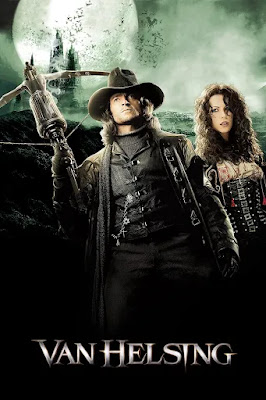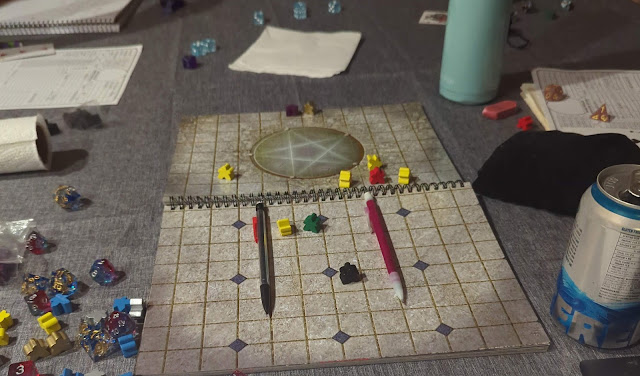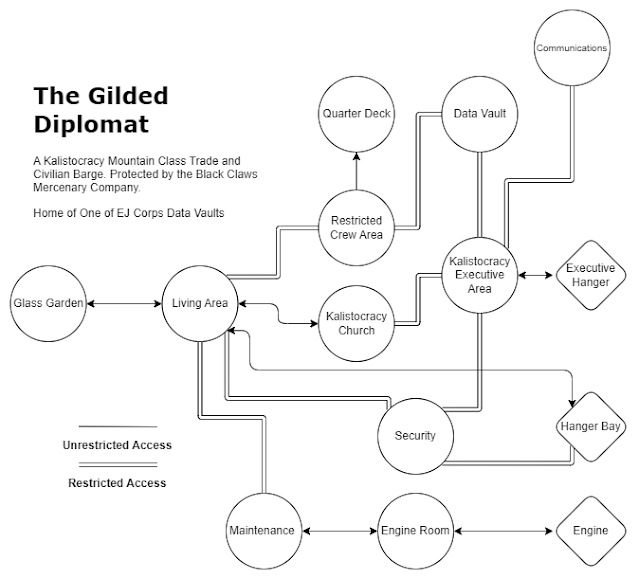A foundational piece of vampire lore is that their reflections do not appear in mirrors. This is not expanded upon in Stokers work but popular reasons include that vampires have no souls or that mirrors were constructed with silver at that time. I propose a different idea, inspired by my disappointing watch of Van Helsing last night.
THE MIRROR WORLD
Vampires don’t have a reflection in mirrors because to it they are archways that it may walk right through. On the other side is the Mirror World, a pocket dimension which the vampire may use to traverse through its castle with ease. A vampire will attempt to keep the existence of the Mirror World a secret from non-vampires. Therefore they will only enter or exit a mirror when no one else is watching, unless it is severely threatened.
RULES OF THE MIRROR WORLD
A Vampire and anything it's touching may pass through a mirror as if it's not there. Objects or people taken into the Mirror World do not reflect into the real world however they can be seen in a mirror.
Non-Vampires cannot enter the Mirror World under normal circumstances. However they may interact with objects that exist only in the Mirror World, if they are looking through a mirror.
A shattered mirror ceases to function as an archway. A covered mirror is temporarily locked until uncovered.
The mirror world is constantly shifting. Rooms with a mirror in them are perfectly reflected in the Mirror World. All other areas are a hodgepodge of changing ideas, memories, and emotions. This is quite unpleasant.
THE MIRROR WORLD IN GAME
Implementing the Mirror World in game gives your vampires even more ways to traverse their castle to sneak up and trap the PCs. It will also create mystery if the vampire is recurring. How does it disappear so quickly without turning to mist? Why are there so many mirrors here? And once the Mirror World is discovered the PCs may use this knowledge to their advantage. Only resting in rooms with no mirrors, breaking mirrors, or even discovering how to enter the mirror world to create shortcuts.
Maybe the vampire's heart is locked away in the mirror?


.png)








